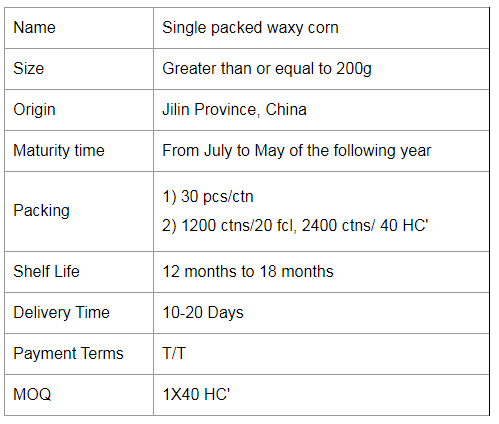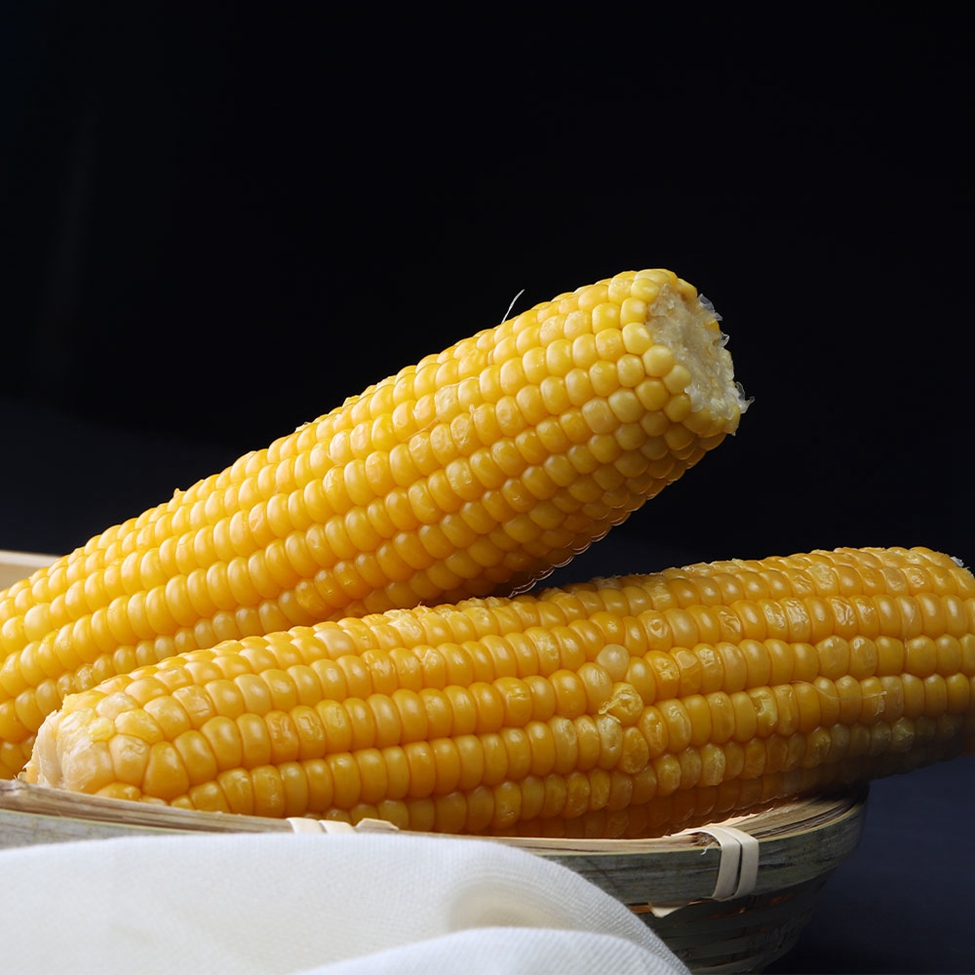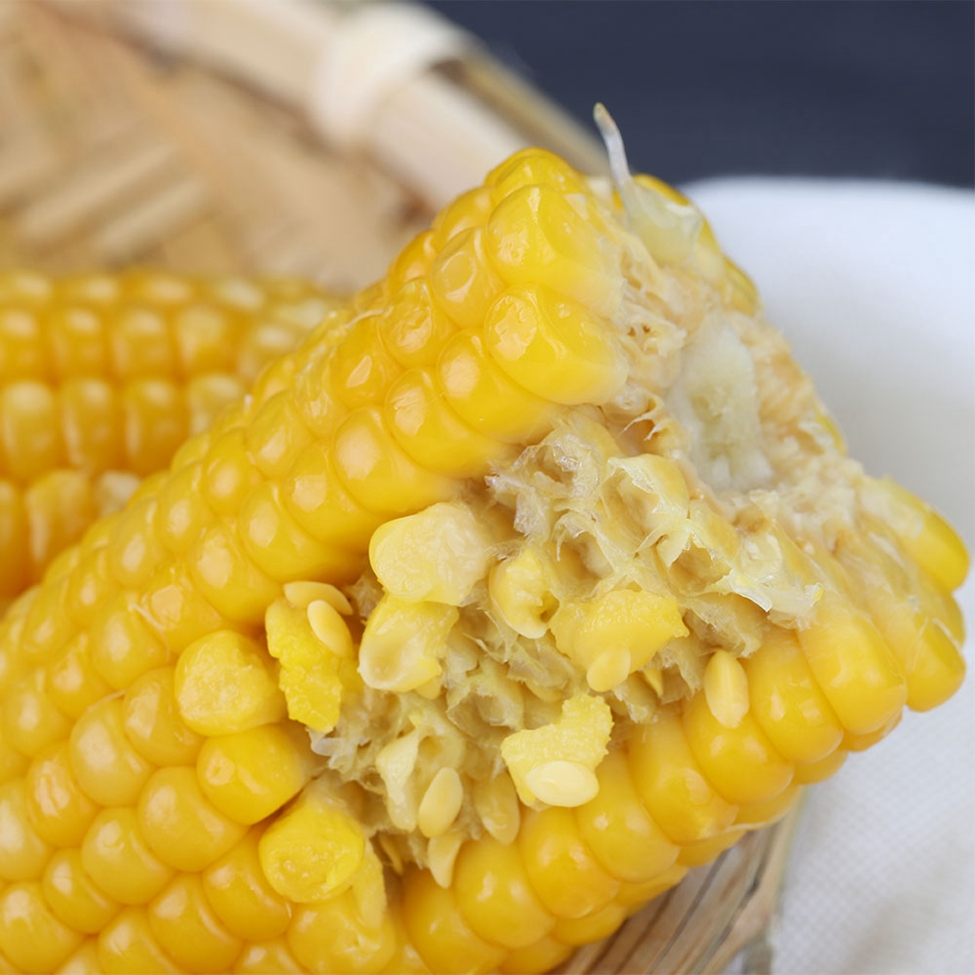The peak of apple flower bud differentiation appeared in autumn, and the autumn management of apple trees can be well managed, which can lay a solid foundation for the stable production of high quality in the second year. Fertilizer management For unsuccessful trees, each plant can be topdressed with 0.15 to 0.25 kg of DAP; as a result, the tree can be harvested in accordance with the planned output for the second year. After each 100 kg of fruit, 0.7 kg of pure nitrogen and 0.7 kg of available phosphorus are topdressed. Sapling dressing can significantly increase the bud rate in the following year. For trees in full fruit period and fertilizing materials in successive autumns, in the case of the same number and type of fertilizers, the yield per tree can be increased by about 50 kilograms compared with that in early summer. In the autumn, combining with the control of apple diseases and insect pests, 0.3% to 0.4% urea and potassium dihydrogen phosphate can be sprayed twice. In mid-October, 0.3% urea was sprayed on the leaves during the nutrient recirculation period. September autumn basal fertilizer (late-maturing varieties can be postponed until mid-October), weeds, leaves, diseased fruits, etc., combined with Shiji fertilizer, and applied 5% of available N and P fertilizers for the total amount of fertilizer. It has a significant effect on improving soil fertility and promoting the growth of apple roots. According to soil moisture, it can be watered in an appropriate amount, and should not be flooded with water so as not to cause long autumn shoots and fruit coloring. In the middle and late November, you can pour a piece of frozen water to help the winter fruit trees. prune Autumn pruning can improve the ventilation and light transmission conditions of trees, increase fruit coloring, improve quality, and have a significant effect on increasing the amount of flower buds in the second year. When the tree canopy is closed, or when there are too many outer upper shoots affecting the light, thinning, shrinking part of the young shoots, long branches and long branches. The long shoots left after thinning can be softened in late August to change its growth polarity. If the tree body is too tall and there are too many supplementary branches and branches, the heads can be properly dropped and cleaned after the fruit is picked, but the quantity should not be too much. Autumnal branches are more likely to form flower buds than spring pull branches, and at the same time can avoid producing a large number of backside branches. In the case of unbridled trees, lateral branches are drawn, generally 70 to 80 degrees. The pull-branch has the effect of improving lighting, stopping the growth of long shoots, enriching new shoots, and reducing winter shear workload. Pest control The main pests of apple trees in autumn include peach borer, boat-shaped caterpillar, gold-lined moth, and big leafhopper, etc. Diseases include ringworm disease, anthrax, and rot disease. The rot disease is now at the peak of the second (autumn) incidence in the whole year, and must be promptly scraped off and coated with drugs for prevention and treatment. Other pests and diseases should be combined with the local pest situation and disease conditions to do a good job of comprehensive prevention and control to increase the rate of good fruit. This also has a significant effect on preventing young trees from drawing and improving the winter cold resistance of the tree. It should be pointed out that after entering 8 to September, it is best not to spray Bordeaux mixture, so as not to affect the coloration of red varieties. Single Packed Yellow Waxy Corn Cob
For the most common waxy and sweet corn on the market, waxy corn has a higher nutrient content than regular corn, containing 70-75% starch (and almost all straight-chain starch), more than 10% protein, 4-5% fat and 2% multivitamins, with more grains, VA, VB1 and VB2 in protein than rice, with the highest fat and VB2 content. Yellow maize also contains carotenoids, such as rice and wheat. The molecular weight of waxy maize starch is more than 10 times smaller than that of ordinary maize, and the starch makes glutinous rice sticky and soft, softer than ordinary hard maize. It is more than 20% more digestible to eat than regular maize and it is suitable for people with less than perfect teeth. At the same time, it is not suitable for diabetics because of the very high content of straight-chain starch (a polysaccharide).
Waxy maize is also known as sticky maize. The grain has coarse, waxy endosperm, similar to shiny, glassy (clear) grains such as hard and dent maize. Its chemical and physical characteristics are controlled by a recessive gene, which is located on chromosome 9. 100% of the starch in the endosperm is straight-chain starch.
If you have any further questions about our products, please do not hesitate to contact us. Waxy Corn Cob,Yellow Glutinous Corn,Yellow Waxy Corn Cob,Single Packed Yellow Waxy Corn Cob Jilin Province Argricultural Sister-in-law Food Co., Ltd. , https://www.nongsaocorns.com

